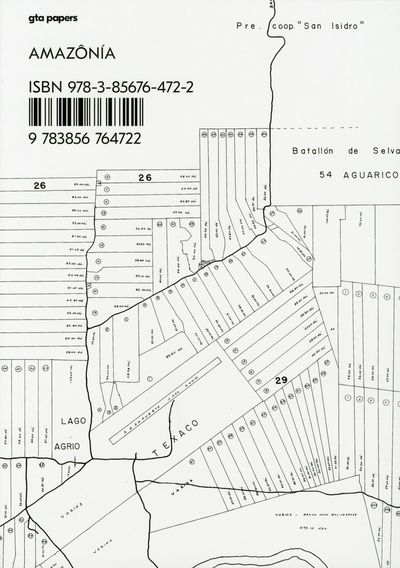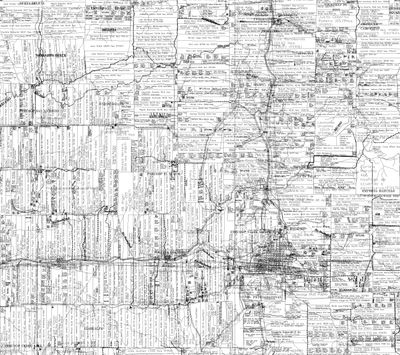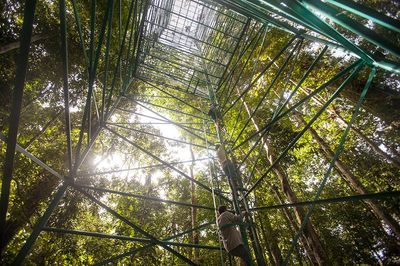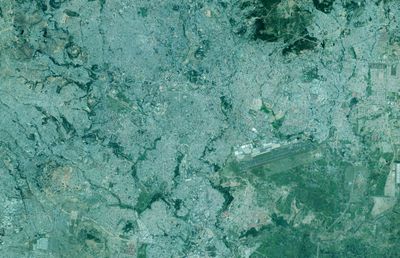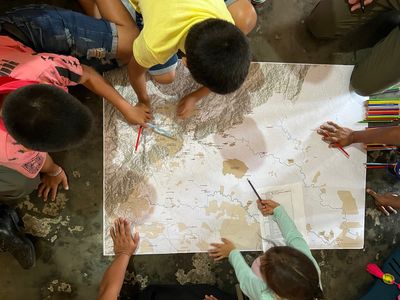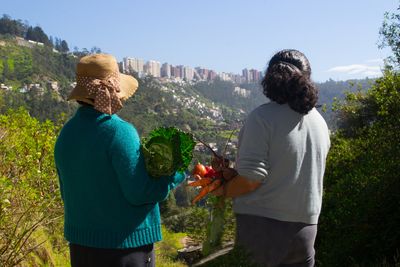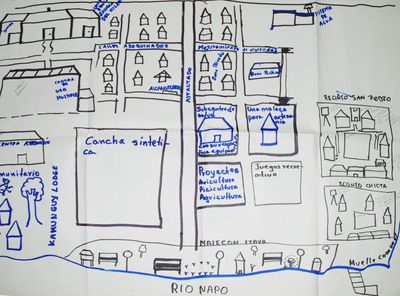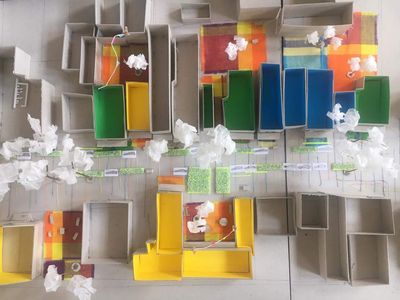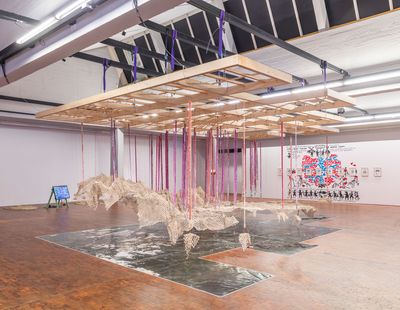Towards an Expanded Representation of Indigenous Territory in the Northern Andean Amazon
Santiago del Hierro
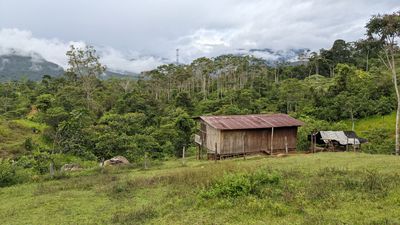
Thirty percent of the Amazon basin is legally recognised as Indigenous territory. This land is not only key for forest conservation and climate change mitigation but also holds particular cultural connections to societies that have coexisted with these ecosystems for centuries.
Territorio, a Spanish translation of Indigenous relational understandings of space, nature, identity and spirituality, is one of the most complex concepts in Indigenous discourse across the Andean Amazon. However, it is often simplified to an area of land occupied and “owned” by Indigenous Peoples in tense relation with the State when it comes to national development strategies and consequent planning processes. International cooperation programs and environmentalist NGOs have recently intensified interactions with Indigenous territories, posing challenges in finding intercultural common grounds. The need to better understand what a contemporary Indigenous Territory is and how the complexities of these landscapes are represented towards “the outside” has become crucial for negotiation processes, including resource extraction, forest conservation, bioprospecting, and carbon sequestration.
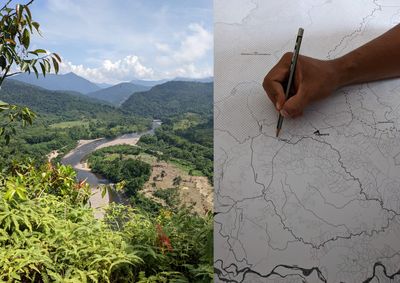
This doctoral project argues that by questioning how Territorio is understood by external actors and by developing new ways of representing it, Indigenous Peoples from the Andean Amazon could have additional tools to better negotiate their positions with national planning instruments and international cooperation initiatives.
